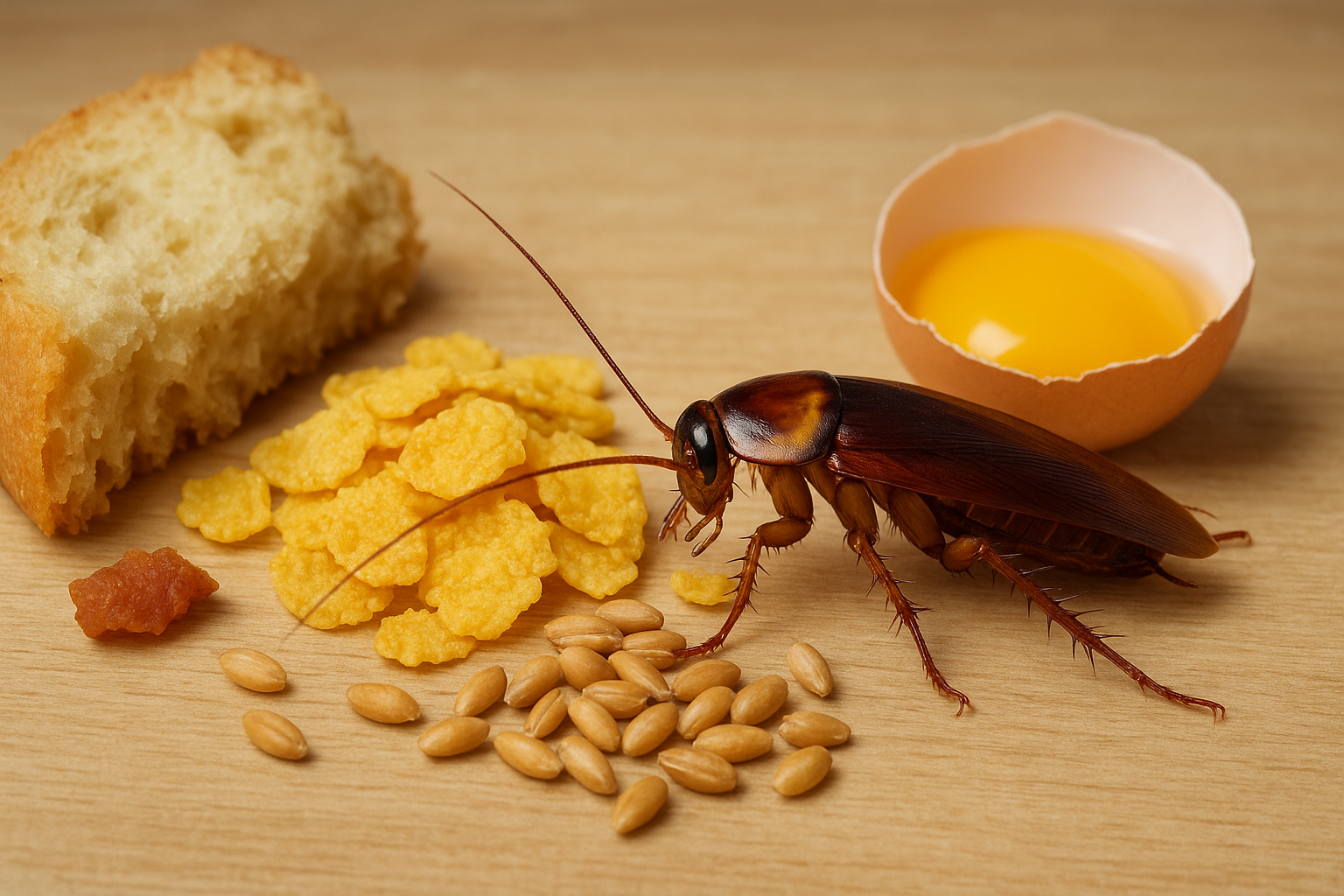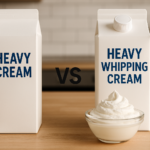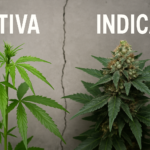Cockroaches are some of the most resilient insects on Earth. They have survived for millions of years, adapting to nearly every environment, from tropical forests to busy city apartments. One of the main reasons for their survival is their flexible diet.
Understanding what cockroaches eat is more than just a curious fact. For households, it’s essential knowledge because food sources play a major role in why cockroaches invade homes. For pest control, knowing their diet helps in prevention and management.
In this article, we’ll take a closer look at the natural diet of cockroaches, what they feed on indoors, how different species have unique preferences, and why they are able to survive on almost anything. We’ll also connect their eating habits to infestations and explain why limiting food sources is one of the most effective ways to keep them away.
The Natural Diet of Cockroaches
In the wild, cockroaches live as scavengers. Unlike insects that hunt or rely on a single food type, cockroaches are opportunistic feeders. They take advantage of whatever organic material is available in their environment.
Outdoors, their diet often includes decaying plant matter, dead insects, fruits, seeds, and even animal droppings. These natural sources provide the nutrients they need to reproduce and thrive. Because cockroaches are not picky eaters, they can easily survive in forests, gardens, and other natural habitats.
This ability to feed on a wide range of organic matter is part of what makes cockroaches so adaptable. Wherever there is food — even in small amounts — cockroaches can survive.
What Cockroaches Eat Indoors?
When cockroaches move indoors, their diet changes dramatically. Human homes offer a steady and reliable supply of food. Crumbs on the floor, grease on the stove, and leftovers left uncovered can quickly attract them. They are particularly drawn to starches, sweets, meats, and fatty foods. Bread, rice, pasta, and sugary snacks are among their favorites.
However, their survival does not depend only on traditional food. Cockroaches can also feed on non-food items. This includes paper, glue, soap, leather, and even hair or dead skin cells. In environments where food is scarce, these materials become important sources of energy.
This ability to consume both food and non-food items explains why cockroaches can establish themselves in nearly any indoor setting, from kitchens and bathrooms to basements and storage rooms.
How Cockroach Diet Differs by Species?
Although cockroaches share many dietary traits, different species show unique preferences depending on their environment.
The German cockroach, one of the most common household pests, thrives on starchy and sugary foods found in kitchens. The American cockroach, larger in size, is known for eating decaying matter and greasy foods. Meanwhile, the Oriental cockroach, often found in damp and dark places, prefers organic waste, garbage, and decaying materials.
These differences highlight how adaptable cockroaches are as a group. No matter the species, they can adjust their diet to match their surroundings. This makes them especially difficult to control, since removing one type of food source may not be enough.
Why Cockroaches Can Eat Almost Anything?
Cockroaches are famous for being able to survive on nearly anything, and this comes down to their biology. Their digestive systems contain microorganisms that help break down a wide variety of materials. This means that they can extract nutrients from substances most animals cannot eat.
In harsh conditions, cockroaches can go weeks without food, relying on tiny scraps or even materials that seem inedible to humans. Their ability to adapt to scarcity is one of the reasons they have survived for so long.
Even when deprived of their favorite foods, cockroaches can continue living by eating glue from book bindings, soap from bathrooms, or crumbs hidden in corners. This flexibility is what makes them so challenging to eliminate once they infest a home.
The Link Between Diet and Infestations
Food availability is one of the biggest factors driving cockroach infestations. A home with accessible food is far more likely to attract these pests. Kitchens with uncovered leftovers, crumbs under appliances, or trash bins without lids provide perfect feeding grounds.
Because cockroaches reproduce quickly, even a small amount of food can support a growing population. That’s why prevention is strongly connected to controlling food access. Reducing available food sources makes an environment less inviting and helps limit infestations.
This connection between diet and infestation also explains why professional pest control often emphasizes cleanliness alongside treatments. Sprays and traps may reduce cockroach numbers, but long-term control requires cutting off the food supply that sustains them.
Conclusion
Cockroaches have survived for millions of years because of their ability to eat almost anything. In the wild, they feed on decaying plant matter, insects, and organic waste. Indoors, they are drawn to starches, sweets, meats, and fats — but they can also live on paper, soap, and glue when food is scarce. Different species have their own preferences, but all share a remarkable adaptability that allows them to survive in nearly any environment.
Understanding what cockroaches eat is more than just a matter of curiosity. It is a practical way to recognize why infestations happen and how they can be prevented. By limiting food sources, keeping homes clean, and paying attention to areas where crumbs and waste accumulate, households can make their spaces less attractive to cockroaches.
In the end, awareness of their diet is one of the strongest tools in protecting homes from these persistent insects.
My name is Mustafa, and I have been blogging for over 5 years. I am passionate about sharing complete, accurate, and helpful information with my readers. Along with managing content on The Matcha Read, I also contribute blog posts to premium websites. My goal is to provide valuable insights in a clear and easy-to-understand way, so every reader walks away with useful knowledge.










